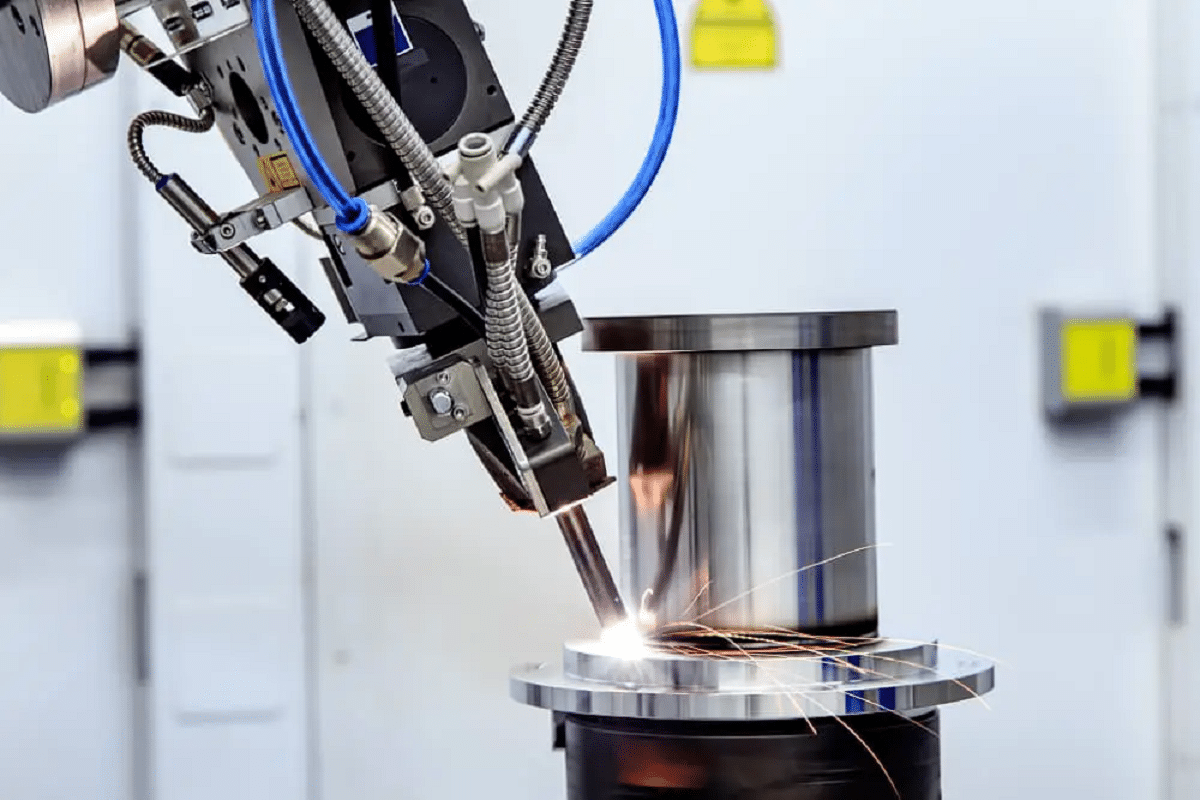Step-by-Step Guide to Preventing Weld Undercut in Different Metals
Step-by-Step Guide to Preventing Weld Undercut in Different Metals
Blog Article
Understanding the Causes and Solutions for Undercut Welding in Metal Fabrication Processes
In the realm of steel manufacture procedures, the event of undercut welding postures a significant challenge that requires a thorough understanding of its reasons and sensible remedies. The detailed interaction of various elements during welding operations can lead to this unwanted sensation, affecting the structural integrity and total top quality of the bonded joints - Preventing weld undercut. By exploring the root causes of undercut welding and exploring reliable therapeutic procedures, producers can elevate the criterion of their craftsmanship and guarantee the production of remarkable metal elements
Common Reasons of Undercut Welding
Regularly neglected in metal manufacture, undercut welding happens due to numerous factors that require careful attention and competence to be efficiently mitigated. One usual cause of undercut welding is too much heat input. When the warmth input is as well high, it can result in the melting and succeeding erosion of the base product along the edges of the weld joint, developing a groove or undercut. Furthermore, inappropriate welding methods, such as making use of the wrong welding angle or take a trip speed, can additionally contribute to damage formation. Insufficient securing gas protection is an additional essential variable that can cause undercutting. Insufficient gas protection falls short to safeguard the weld pool effectively, causing oxidation and undercut problems. Moreover, the selection of welding parameters, such as voltage, present, and cord feed speed, plays a considerable duty in the occurrence of undercut welding. Recognizing these common causes is important for applying preventive steps and making sure high-quality welds in metal construction procedures.
Impact of Incorrect Welding Parameters
Inaccurate welding specifications can dramatically compromise the integrity and high quality of welded joints in metal manufacture procedures. The impact of incorrect welding specifications shows up in numerous ways, leading to structural weaknesses and problems in the welded components. Precise interest to welding criteria is extremely important to ensure the production of premium welds with the preferred mechanical buildings and architectural honesty.
Effect of Improper Torch Angle
Incorrect torch angle in welding operations can substantially affect the high quality and stability of the last weld joints in metal construction procedures. The lantern angle plays an essential role in figuring out the warm input and distribution during welding. When the torch angle is incorrect, concerns such as damaging can emerge. Undercutting is a common welding defect where a groove forms along the weld toe, weakening the joint and endangering its architectural stability.
A lantern angle that is also high can result in insufficient infiltration, insufficient fusion, and increased spatter. On the various other hand, a torch angle that is also superficial can lead to excessive infiltration, burn-through, and see it here distortion of the base material. Preventing weld undercut. Proper lantern angle is necessary for guaranteeing consistent weld top quality, stamina, and appearance
To avoid damaging and other defects brought on by incorrect lantern angles, welders need to be trained to keep the correct lantern angle throughout the welding process. Normal tracking and adjustment of lantern angles during welding can aid achieve audio welds with minimal issues.
Function of Inadequate Welding Strategies

Another aspect of inadequate welding strategies is incorrect weld preparation. Inadequate cleaning of the base steels, wrong joint layout, or inadequate edge preparation can all add to damage welding. Inadequate securing gas insurance coverage or utilizing the wrong kind of gas can result in insufficient combination and the formation of undercut defects.
To address the duty of insufficient welding techniques in steel construction processes, it is vital to give detailed training for welders. Appropriate education on welding criteria, joint prep work, and protecting gas option can assist avoid undercut welding and ensure high-grade welds in metal fabrication jobs.
Effective Solutions for Undercut Welding
Resolving undercut welding in metal construction requires carrying out effective remedies to boost weld high quality and architectural stability. Among the main remedies to fight undercut is to readjust welding specifications such as voltage, existing, and travel rate to guarantee correct heat input and blend. By fine-tuning these settings, welders can stop too much melting of the base metal and filler product, lowering the possibility of undercut development.
Additionally, appropriate joint prep work is essential in preventing undercut. Making sure tidy base metal surfaces without contaminants and utilizing the ideal bevel angle can help promote much better weld infiltration and reduce the risk of undercut - Preventing weld undercut. Utilizing suitable welding methods, such as oscillating the lantern or weaving, can also aid in distributing warm equally and loading the weld joint sufficiently, lessening the opportunity of undercut issues
Furthermore, selecting the correct welding consumables, consisting of electrodes and filler metals, is crucial in reducing undercut. Using products with appropriate chemical structures and mechanical residential or commercial properties can contribute to accomplishing sound welds with very little undercut. Regular assessment and high quality control procedures need to additionally be applied to identify and address undercut issues quickly, making sure the general stability of produced metal components.

Conclusion
To conclude, understanding the reasons and remedies for undercut welding in steel construction processes is essential for achieving top quality welds. By addressing usual reasons such as inaccurate welding parameters, improper lantern angle, and insufficient welding techniques, welders can prevent damaging and make sure strong, more info here durable welds. It is important to take notice of these aspects and execute effective remedies to enhance the total welding procedure and end product high quality.

Report this page